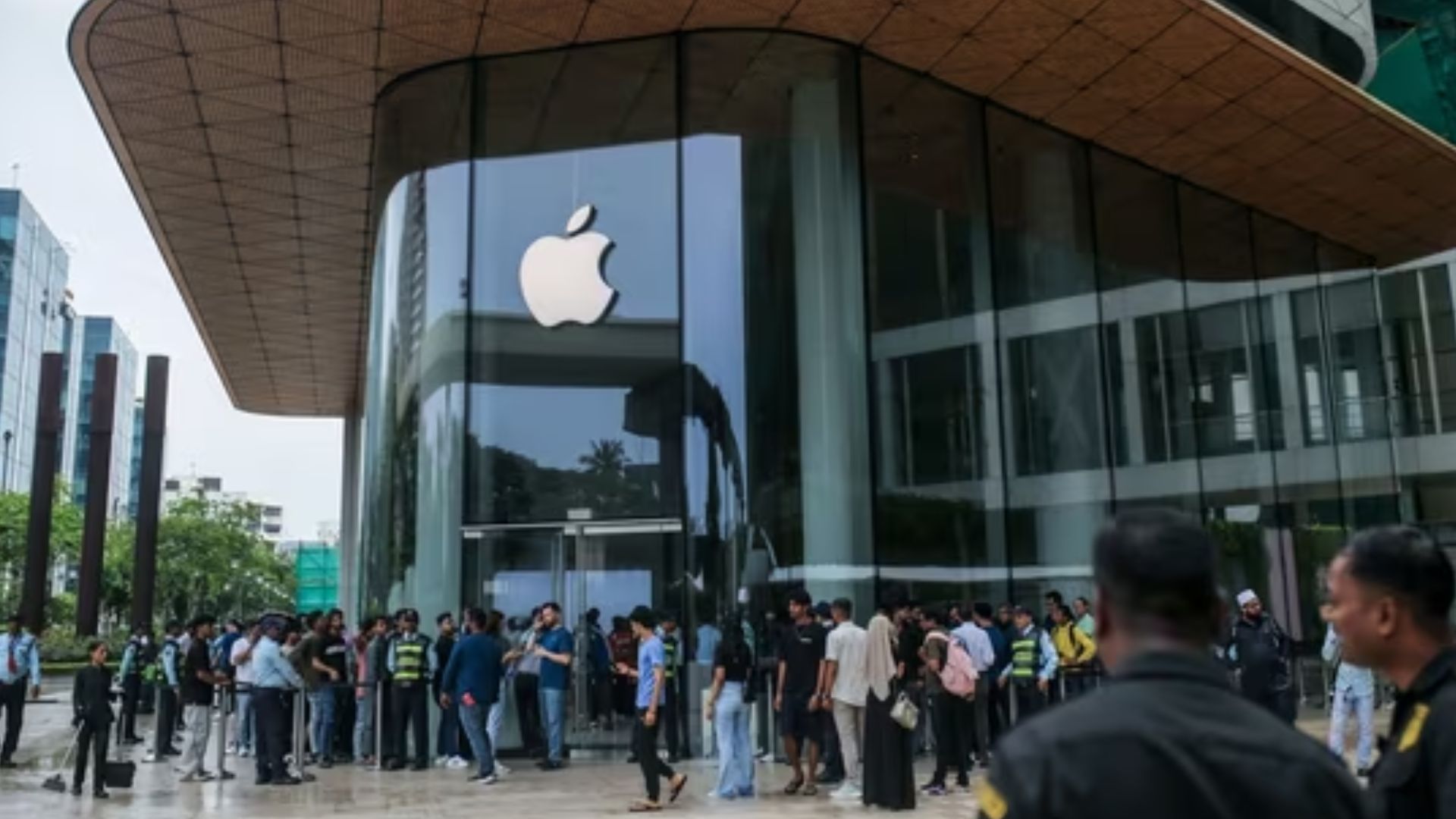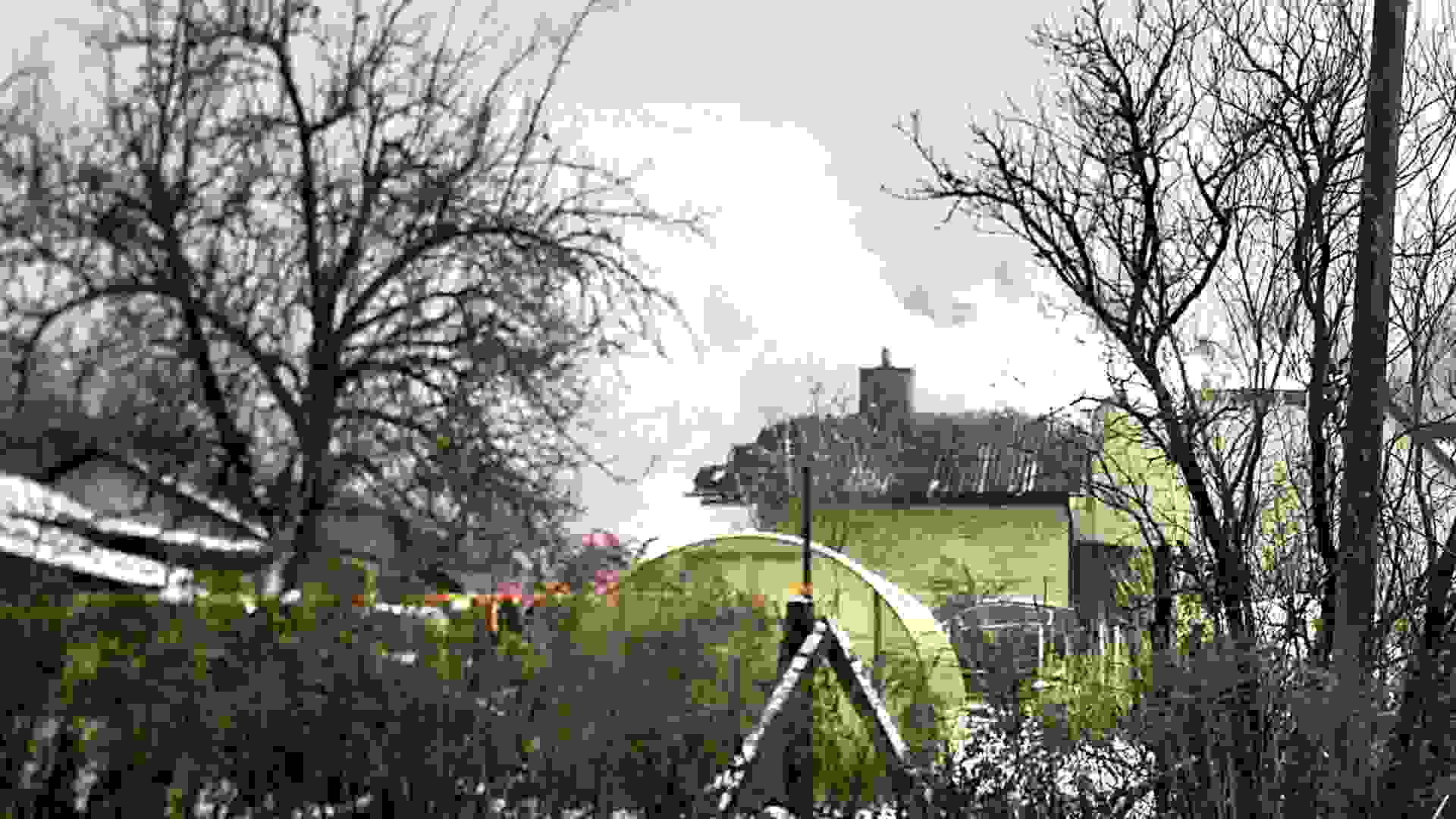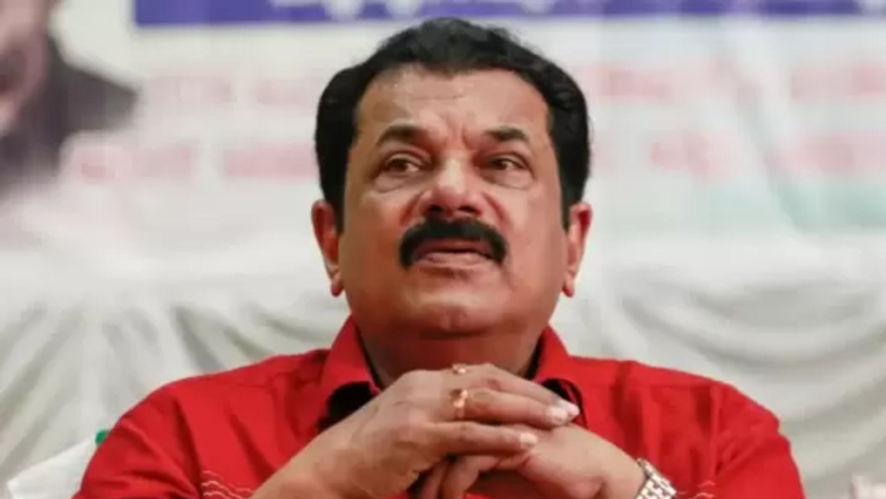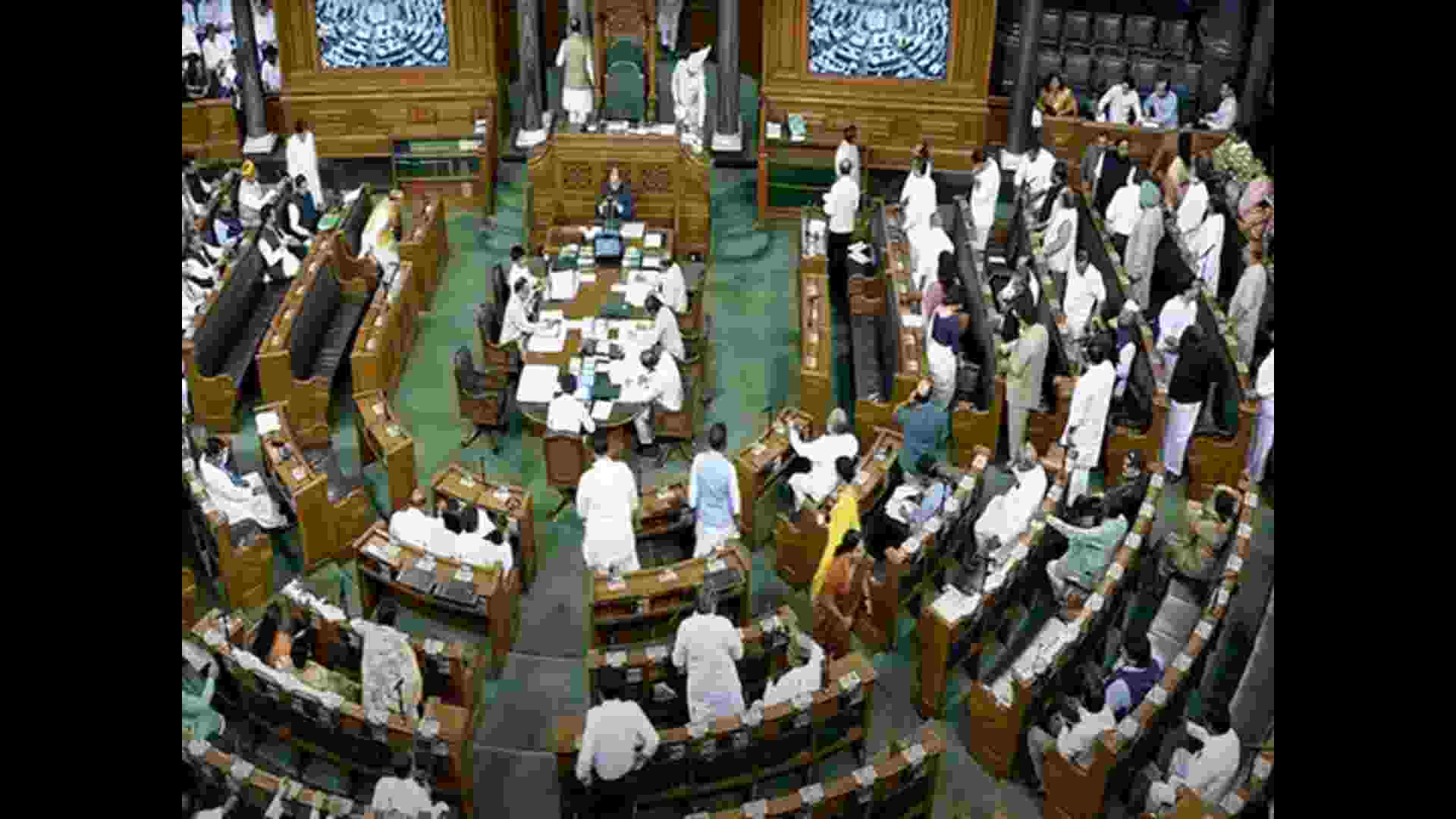Abstract
Handcuffing has been defined by Encyclopedia Britannica as “Fetters or instruments used for securing the hands or feet or prisoners under arrest, or as a means of punishment”. The law ofarrest and the provisions of handcuffing under the criminal laws of India is deeplyinterlinked, through which the law enforcement agencies exercising the power of arrest anddetaining any individual often use fetters upon his person in form of handcuffs or chains.The basic human rights, including the right to life and liberty in India under Article 21 of the
Constitution guarantees right to dignity, which is violated by use of fetters and handcuffs. The courts in the recent past have evolved the criminal jurisprudence followed by subsequent
amendments in the Code of Criminal Procedure and other special laws governing arrest andcustody of individuals to regulate and prevent the use of handcuffs while exercising their
powers. However, the present situation still needs a lot of changes on practical ground level.Therefore, the author tries to present a solution-based approach and bring out a comparative
analysis of the situation in India and other countries.
INTRODUCTION
One of the leading philosophers in jurisprudence, Rousseau rightly pointed out that “All men are born free but everywhere they are in chains”, pointing towards the fact that fetters are often imposed upon the life and liberty of individuals in different spheres.
In India, one of the founding principles of Indian Constitution upon which the entire structure of human rights is based is – Right to Life under Article 21 which guarantees life and liberty
to every individual upon Indian territory and gives a very narrow scope to curtail it by the procedure established by law. One of the most common mechanism of curtailing the liberty and freedom of an individual by the state authorities is arrest, which has nowhere been defined in any statute.
The Code of Criminal Procedure, which as the name suggests, lays down the procedure and law of land pertaining to criminal trials, investigations and procedure of arrest has also not defined the term arrest at any place. Section 41 of the Code has however, laid down the manner of arrest in cognizable cases which does not empower the appropriate authority carrying out such arrest to handcuff the individual, but merely grants the custody of the accused to the agency.
The term custody too, in any welfare state does not carry within its ambit any violent treatment or cruelty and is merely a mechanism where the judiciary has entrusted the transfer of the person of the accused to the protective care of the state. Any act of custodial torture or cruelty, be it in the police or judicial custody is therefore an act of uncivilized desire to dampen the spirit of human rights and inflict corporal harm upon those who do not possess the power to retaliate to institutional oppression.
Right against Handcuffing
According to the United Nations Standard Minimum Rules for the Treatment of Prisoners 2015 1 , commonly known as “Nelson Mandela Guidelines”, an express prohibition has been laid upon the use of chains, fetters or other instruments restraining the movement of prisoners which may be degrading and painful. These guidelines have laid down an international jurisprudential view regarding humanitarian approach to ensure law and order in the society, internationally.
In the absence of any express provision allowing or disapproving the provision and power of handcuffing an accused, the Hon’ble Supreme Court in the case of Prem Shankar Shukla V.
Delhi Administration 2 stepped in to fill the lacuna created by the legislature and held in its observations that the provision of handcuffing runs contrary to the human dignity and unnecessarily humiliates the accused. The court, in strong language condemned the sadistic and capricious practice of unnecessarily imposing fetters upon the detainee and upheld Article 19 of the Constitution, entitling the accused to minimal freedom of moment.
Moreover, the court also took into account the degrading impact of handcuffing upon a person’s social standing and humiliation caused due to it.
A similar point of view was taken by a four – judge bench of the Hon’ble Supreme Court in the case of Sunil Batra V. Delhi Administration 3 wherein the court’s observation and ratio
was in consonance with the case of Prem Shankar Shukla and it was held that the police
officer escorting the accused must show sufficient reasons to the presiding judge as to why it
1 The United Nations Standard Minimum Rules for the Treatment of Prisoners
(https://www.unodc.org/documents/justice-and-prison-reform/Nelson_Mandela_Rules-E-ebook.pdf)
2 1980 AIR 1535
3 1980 AIR 1579
is necessary to handcuff the accused and only after the approval by the presiding judicial
officer, such fetters can be imposed.
In a recent judgment by the Hon’ble High Court of Karnataka 4 , the handcuffing of an accused under Section 138 of the Negotiable Instruments Act was condemned by the courts and it was noted that Section 46 of the CrPC has laid down expressly the situations when all means to
effect arrest can be used. Moreover, the section has also laid that more restraint than necessary should not be subjected, leading to only a reasonable scope for restraint. Section 220 of the Indian Penal Code has also laid down that confinement of an individual unlawfully
by a person empowered to lawfully arrest is a punishable offence.
The court also granted compensation to the accused and relied upon the landmark judgments of DK Basu V. State of West Bengal 5 and Nilabati Behera V. State of Odisha 6 wherein a
provision of compensation was made in cases of unlawful handcuffing by police officials.
PERMISSION FOR HANDCUFFING
Even though the courts have always voiced their opinion against the practice of handcuffing,
the relevance and necessity of the practice in a narrow set of cases cannot be undermined. In the case of Sunil Batra 7 , the courts have also carved out an exception that in cases where there
is a clear and present danger of escape, the practice of handcuffing can be resorted subject to recording the reasons for doing so in writing. Moreover, the reasons should be submitted to
the presiding judicial officer who shall have the responsibility to assess the reasons and grant the permission.
The guidelines laid down by the courts have also included the possibility of harm caused by a dangerous and habitual criminal to the police officers carrying out their duty and has said that
in cases where the police officer affecting any arrest, keeping in mind the guidelines relating to handcuffing, reasonably feels that there is a need to handcuff the accused in order to prevent any harm caused by him to the police officer, other individuals around him or to
himself, he may handcuff the individual till he is presented before the magistrate. This provision gives the police officer a liberty of 24 hours to handcuff the accused in good faith
before producing him to the magistrate.
4 2022 SCC OnLine Kar 1133
5 (1997) 1 SCC 416
6 (1993) 2 SCC 746
7 Supra Note 2.
Moreover, in cases there is no other way to prevent the escape of the accused from the custody of the police or the prison authorities, the courts may grant permission to use fetters and handcuffs. However, the approach is not solution – oriented and still requires a lot of introspection. For instance, in order to prevent escape of the individual from custody, proper security arrangements should be made both at the police station level and the prison level so
that the escape is not possible. Secondly, mere apprehension of escape which can be removed by the use of proper administrative actions cannot be a reason to curtail the fundamental
rights of a citizen of
a country.
In order to prevent the accused from harming the police officers, other individuals or himself, proper search and surveillance must be carried out both at the time of arrest and during custody to mitigate any scope of harm that might be caused. Adequate surveillance devices such as cameras and use of GPS devices can also act as a technological barrier to prevent escape of prisoners and give a modern solution to the problem. According to the NCRB
Report on Prison Statistics in India (2020) 8 , a total of 355 prisoners escaped from custody, which is an exponentially small number as compared to total number of individuals arrested
or detained in custody.
Therefore, mere apprehension of a probability of escape cannot be the sole reason to subject several prisoners to the animalistic practice of handcuffing. Instead of this, the authorities
should resort to efficient surveillance of high – risk detinues who are likely to escape from prison.
The Indian legal system is based upon the concept of “innocent until proven guilty” which draws a line between an accused and a convict, thereby protecting the rights of an accused
and not treating two distinct situations with the same solution. The same rationale has been adopted by the judiciary while protecting the rights of the accused and undertrials and not hampering with their dignity and doing injustice to them while securing justice for the victim
and the society. The present reality has however not completely changed after the guidelines. Till date, both
the remote corners as well as metro cities of the country see cases where such rules and guidelines are openly flouted by the police and jail authorities which run on colonial mindset and structures. Many a times, handcuffs are used for publicly shaming the accused or in order
8 Prison Statistics in India 2020, NCRB (https://ncrb.gov.in/sites/default/files/PSI_2020_as_on_27-12-
2021_0.pdf)
to extract a confession from him by using them as a mode of defamation. In order to protect
themselves from the wrath of courts, multiple times police officers open the handcuffs of the
accused inside the court complex before presenting them in front of the magistrates and judicial officers.
Absence of handcuffs has also given an opportunity to the police and other executive agencies to carry out illegal encounter killings. Many a times, the accused individual or undertrial is shot dead while transporting him from one location to the other while taking the
cover that he was either not handcuffed or the permission to handcuff had been denied by the courts and the accused tried to assault the officers or snatched their weapons and such a step
to take his life had to be taken in the larger interest of the lives of others.
Even though the courts have always taken a liberal and humanistic approach towards the accused and undertrials, the present demand of jurisprudence in this aspect is a reform within
the system where proper technical and technological use of resources is undertaken in order to prevent escape of individuals from custody. Physical, mental, and legal training along with
sensitization must be given to the executive agencies for preventing the negative impacts of non – handcuffing. The superior officers should also supervise the activities of arrest, detention and handcuffing while keeping in mind the guidelines of the Hon’ble Courts and the law of the land and the delinquent officers should also be taken to task.
Keeping in mind the objectives of creating and advancing the goals of a welfare state, the legislature, the executive and the judiciary should act together and work in unison towards balancing the rights of individuals and the interests of the society at large.















